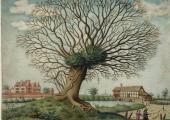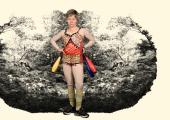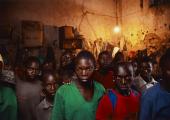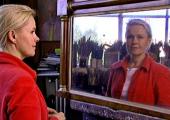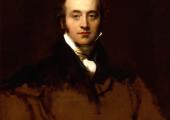Judge of major art prize in intimate relationship with winner

We usually leave art award controversies to the Turner Prize at Tate Britain. So it’s a surprise to hear that the National Portrait Gallery has stepped up to the plate with their annual Taylor Wessing Photographic Portrait Prize. And if you’ve already seen the exhibition, we’re not talking about any eyebrows that might have been raised over second prize-winner Panayiotis Lamprou’s rather revealing portrait of his young wife.

